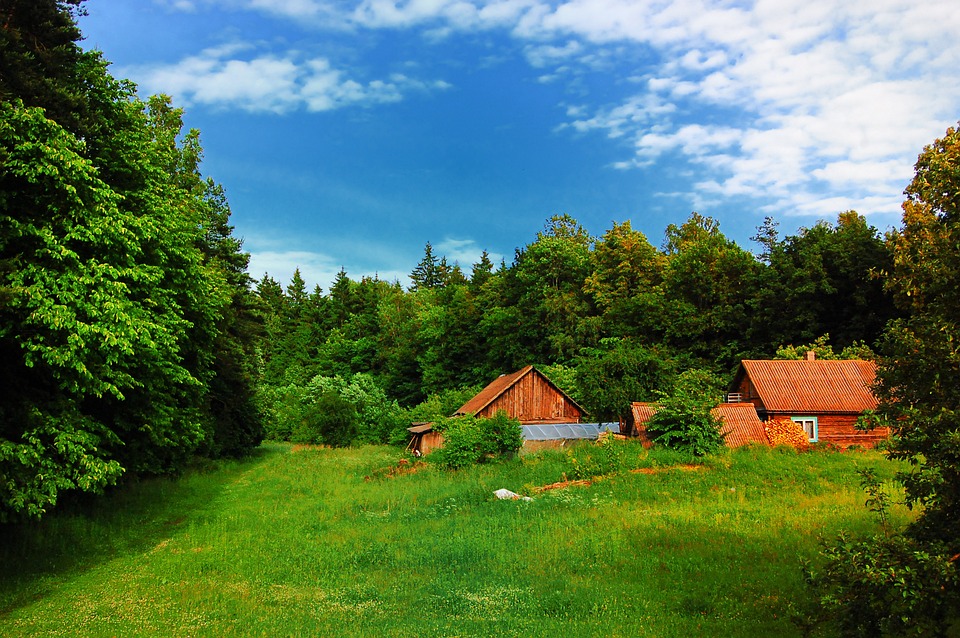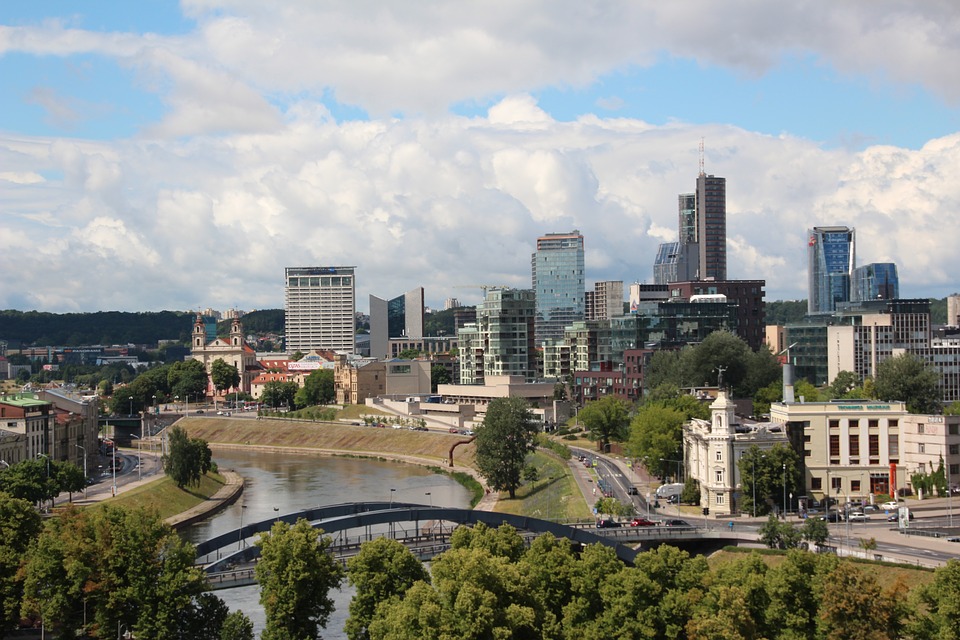Lithuania
(Lietuvos Respublika (Republic of Lithuania))










Capital: Vilnius
Population (Estimated July 2012): 3,525,761
Area: 65,300 km2 or 25,212 mi2
Currency: Litas (LTL)
Official Language: Lithuanian
Political Information: Parliamentary Republic
Official Religion: No Official Religion (approximately 79% of the population are Roman Catholic, 4.1% are Russian Orthadox, 1.9% are Protestant, 5.5 % have other religious beliefs and 9.5% have no religious beliefs)
Highest Point: Aukštojas Hill at 294m or 964ft
GDP Official Exchange Rate (OER is more precise at gauging a countries economic power)
(Estimated 2011): $43.2 billion (US$) or (GBP)
GDP (OER) Per Capita (per member of the population estimated 2011): (US$) or (GBP)
GDP Purchasing Power Parity (PPP is good for gauging living conditions and use of resources but not as accurate as OER. This data has been calculated based on the sum value of all goods and services produced in the country valued at prices prevailing in the United States)
(Estimated 2011): $61.3 billion (US$) or (GBP)
GDP (PPP) Per Capita (per member of the population estimated 2011): $18,700 (US$) or (GBP)
Time Zone (GMT/UTC): +2:00
Counties/Provinces/States: 10 counties (apskritys, singular – apskritis); Alytaus, Kauno, Klaipedos, Marijampoles, Panevezio, Siauliu, Taurages, Telsiu, Utenos, Vilniaus
Leaders: President Dalia GRYBAUSKAITE (since 12 July 2009) with Prime Minister Saulius SKVERNELIS (since 13 December 2016).
Sources: CIA World Fact Book, Encyclopaedia Britannica.
No Results Found
The page you requested could not be found. Try refining your search, or use the navigation above to locate the post.














